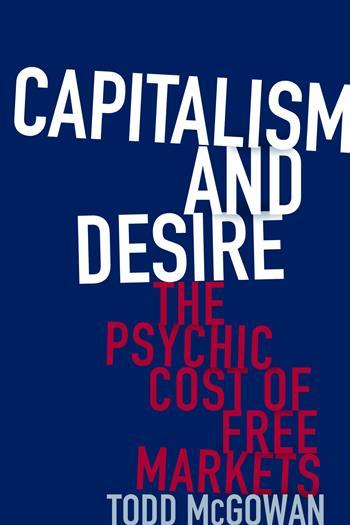"Subway" is about John Lange (D'Onofiro) who gets pinned between a subway car and the train's boarding platform. The episode's mystery (in a Rashomon manner) is whether or not Lange was pushed by a man named Biedron.
Det. Pembleton (in a priest-like role) must console Lange as the city workers prepare to free him from the subway car. It is obvious that Lange's chances of survival are slim. But it is not only Lange who is confronted with the presence of death; Pembleton, too, is reminded of his own mortality, for he recently survived a stroke.
"Subway" is a great example of what I call confinement cinema, a topic that I fully explore in my forthcoming book Cinema of Confinement. One of my claims of confinement cinema is the impact of excess both physically (within the confined space) and psychically (both characters and our engagement with the confinement setting). I argue that excess is what sustains our engagement in the narrative over a long period of time within a confined setting. Some notable films are Misery (1990), 10 Cloverfield Lane (2016) and Phone Booth (2002)
In my book, I not only unpack how movies are able to keep us involved in the narrative over a long period of time within a confined setting, but also the theoretical, social, and political insights confinement cinema offers.
One topic I explored specifically with my class is "Subway's" existential qualities and large questions about religion, pain, and happiness. Pembleton says to Frank that pain is what universally binds us together, which certainly falls in line with Sartre's notion of anguish; namely, that we are constantly faced with freedom and choices (consciousness of consciousness). For Sartre, existence lies in our everyday actions and choices. The subway setting also has a sense of hell as existing below as both men wrestle with their mortality. Perhaps one of the best lines of the episode is when Lange says to Pembleton: "God invents pain; man invents booze."
Once Lange is finally freed from the subway, he immediately dies. Pembleton seems to be severely affected by Lange's death. Right before he ascends upwards on the escalator, he looks up (symbolically) for a moment. He then meets with his partner Det. Bayliss (Kyle Secor) as they walk to their vehicle. Ending the episode on ambiguous note, Pembleton says to Bayliss: "The guy said, I'm okay." I asked my students is: who is okay? Is it Frank or Lange that is okay?
After Pembleton and Bayliss drive off, Sarah (Lange's girlfriend) jogs past the subway terminal, not knowing that her boyfriend was just killed as the episode fades to black. Indeed, life keeps moving forward....
I hope more people discover Homicide: Life on the Street.
























